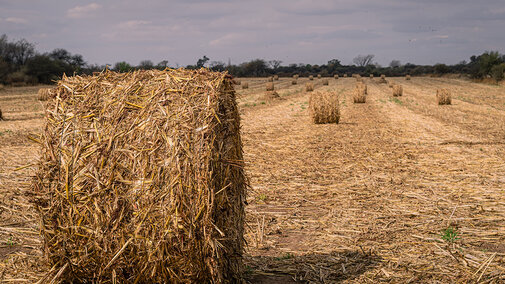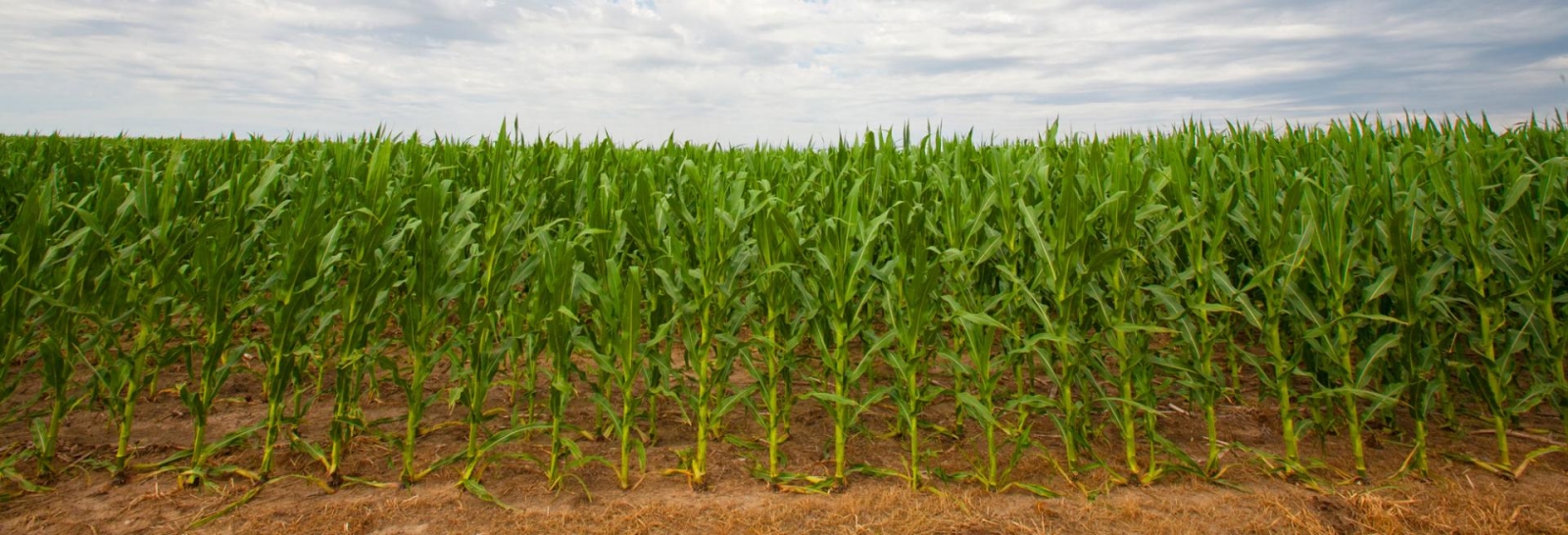Rental Rates for Nebraska in 2025
What does it cost to rent pasture this year? 2025 results are out for Nebraska cash rental rates.
According to this year’s survey, the average monthly rent being paid to graze pasture in this grazing season has between -1% decrease and a 5% increase compared to the previous grazing season.
The north reporting district — which is primarily the Sandhills — has the highest average cow-calf pair monthly rate at $77.90 per month. The northeast and central districts are not far behind at $73.25 and $69.30 per month, respectively. The northwest district — the Panhandle — had the lowest rates at just over $54.65 per month. Everywhere else in Nebraska, it’s around the $60 to $69 per month rate.
Pasture rent can vary for many reasons. Involvement of the landlord in fence, water and management responsibilities have a big impact. Similarly, quality of the grassland, location of the pasture and cow size can potentially affect rates. Tradition, individual relationships and local demand also may influence individual pasture rental rates.
Whether you are looking for pasture or have pasture to rent, it is always important to have a written lease agreement. These agreements can have a number of different stipulations or clauses, but they all should define the number of cattle and length of time (or stocking rate) and how an event such as a drought will be handled.
Haying Summer Annuals
With summer annual grasses like sorghum-sudan, pearl millet and forage sorghum coming into their own, getting good hay put up can be a bit of a challenge — especially when you’re dealing with thick stems and drying delays. A few simple steps can go a long way in making sure your hay is both high quality and safe to feed.
First, timing is everything. Cutting before plants become excessively tall, ideally around 4 feet is key. At this stage, stems are thinner, digestibility is higher, and protein and energy levels are better. Smaller stems also mean quicker drying times. You’ll give up some yield on the front end but early cutting leaves time for regrowth and a second harvest — which can make up for it in the long run.
Next, cut high — around 8 to 10 inches of stubble. That taller stubble does three things: it jumpstarts regrowth, keeps the windrow off the ground to improve airflow under the windrow improving drying, and helps keep nitrates concentrated in the base of the plant instead of your hay bale.
Finally, don’t forget to crimp. Even with smaller stems, the waxy coating on these plants can really slow drying. Crimping helps break open the stems so moisture can get out and dry down more quickly. Even when crimping, set the windrow as wide as possible to speed up dry down even more.
To sum it up: cut early, cut high, and crimp. Your hay will dry faster, be safer and feed better.
Yucca Control on Rangeland
Yucca plants, also called small soapweed, are common weeds in western and central Nebraska rangelands. They are especially noticeable when flowering in June. In some areas, high plant density can significantly reduce grass production, so yucca may need managed to reclaim grazinglands.
Once established, yucca plants can increase on drier range sites due to their deep taproot competing aggressively for the limited soil water. With sharp leaves protecting the plant, cattle rarely eat these plants during summer, and grass production decreases where yucca thrives.
General broadcast spraying to control yucca is cost prohibitive, although small patches can and should be controlled before they expand. Labelled control herbicides include: Remedy®, Tordon 22K®, Chaparral + 2,4-D, or Cimarron Plus® + 2,4-D for yucca suppression of individual plants.
Hexazinone products like Velpar L®, Pronone Power Pellet, or Velossa® can be applied to the soil uphill side of individual yucca plants with exact delivery hand-gun applicator, protecting potential pasture grass chemical injury streaking downslope. Herbicides are most effective when applied in spring or early summer. When using herbicides, be sure to follow label directions for the best control.
Winter grazing with cattle and bison can provide some yucca control success. During winter, yucca often is the only green plant prevalent, and cows may get down on their knees, lay their head sideways on the ground and chew through the base of the plant to get to the moist, tender parts.
However, it can take some time for animals to learn to graze yucca, and some animals in the herd will not graze, while others can be quite proficient. After several consecutive winters of grazing, yucca stands can be reduced so grass can again thrive during summer.
Whether it is with herbicides or trying some winter grazing, reclaim your pasture(s) back from yucca.

